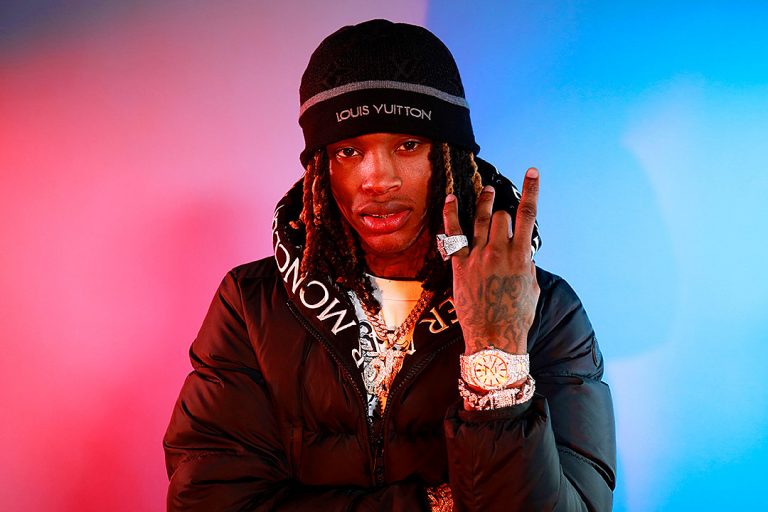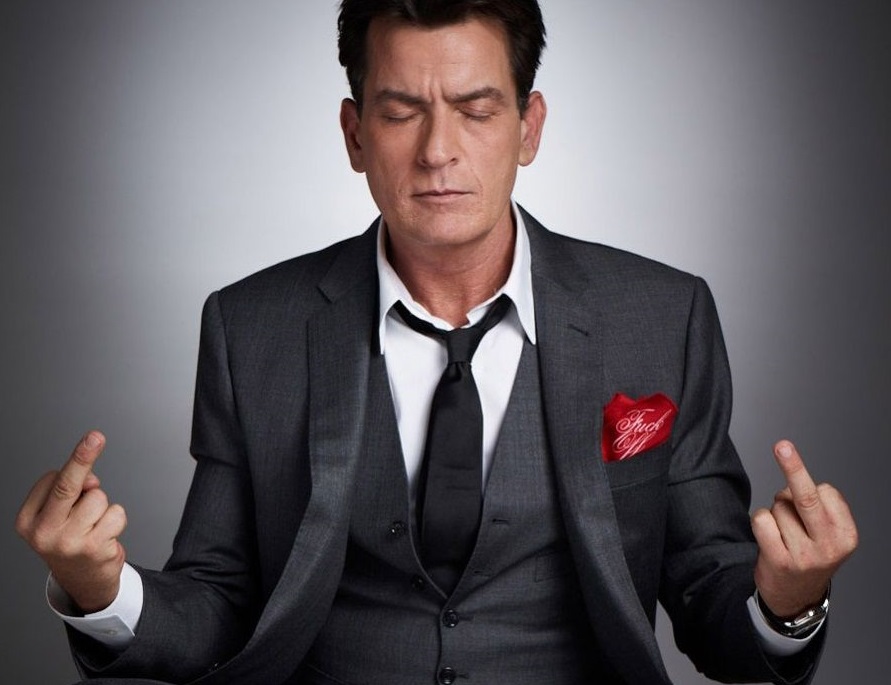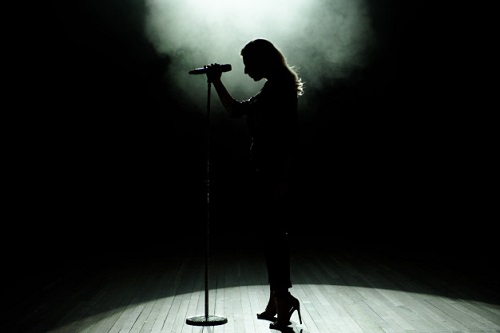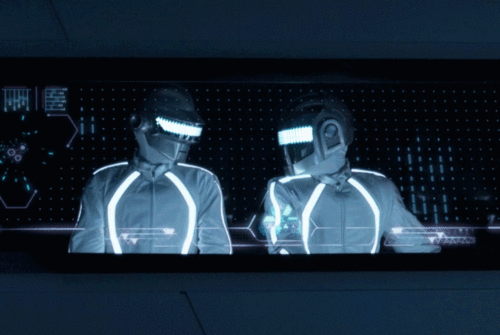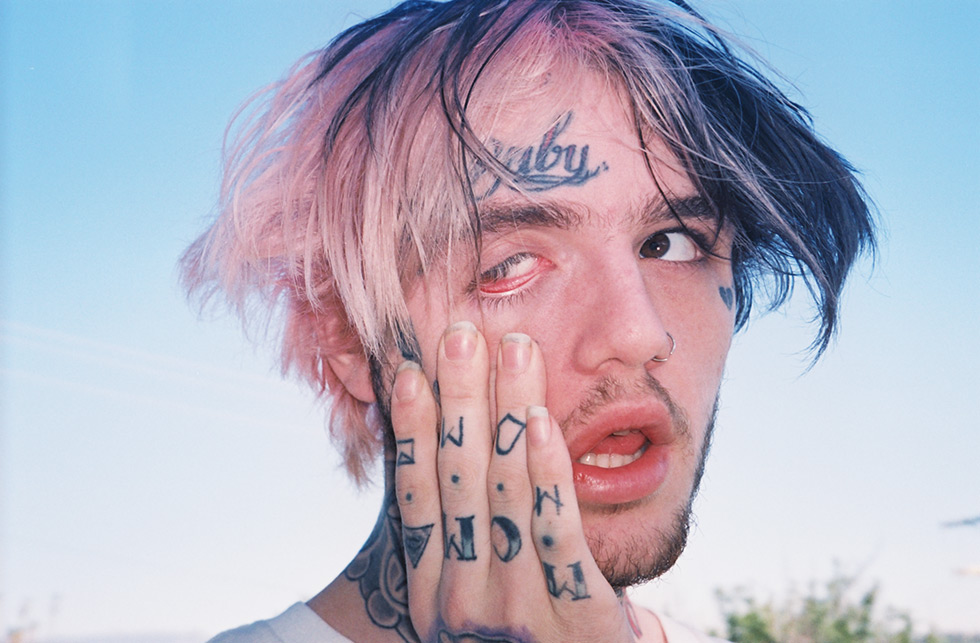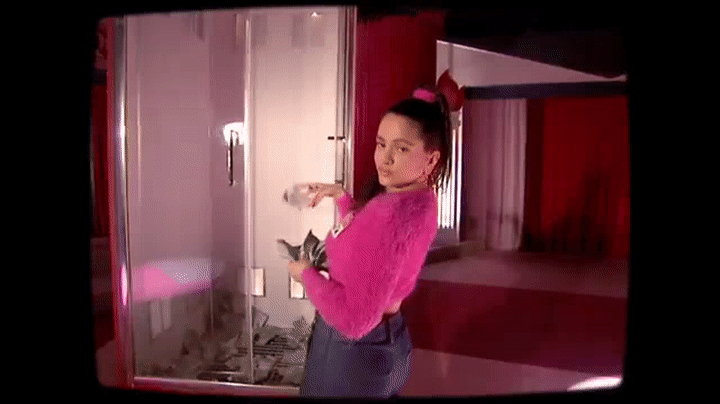As a modern evolution of rap from the south of the United States, trap and drill are two genres with their own aesthetics and a narrative that is peculiar to say the least. [Parenthesis: in the blogs What is drill, Trap, history and anecdotes and History of rap I explain exactly what these genres are and their history].
These three models of urban music share three fundamental aspects: rapping, street life and crime, but from rap to the current genres the vision of these characteristics catches fire and explodes completely, going from the classic street life of survival that could manifest much of the lyrics of the “old school” rappers to the authentic smuggling of drugs and weapons that is stilled in the trap.
Don’t you think it’s crazy that a musical genre has evolved so much in 4 decades? Well, today I would like to explain to you the qualities of the three genres, and then reveal to you why one day small-time survival rackets turned into bank robberies with clippers:
The rap discourse…
…or at least a good part of the works of the first school of American MCs, was a message of social protest from the outskirts of the cities, where people lived humble lives. The marginality dragged the artists to describe their need to deal in small trades, drugs and some petty theft to feed the family. We find in his message union of the impoverished class and joint survival: me, my friends and my family.
An example would be this track by Nas published in 1996, in which he dreams of earning money and dressing well, smoking in the street and dealing big, since for the moment he can only survive badly.
We find therefore social protest and countercultural claim against a social system that leaves no margin for a decent life to a good part of the population, an open secret that is especially noticeable in the suburbs, where rappers claim the real culture.
In the “old school” rap we can find large doses of bohemia depending on the song we listen to: in particular I think of a Spanish artist (Zatu) whose group is called SFDK (acronym for Siempre Fuera De Casa, once again we find the slang of street life), and more specifically in his album 2001 Una Udisea En El Lodo, an album with several sad, nostalgic songs, reflecting the life of a humble Sevillian neighborhood, as well as the survival in the lowest part of the city. Although this album was released in 2003, it is part of what is considered Old School Spanish, since rap arrived here a decade after its emergence in Georgia.
Anyway, in the early days of American rap there were several styles in which we found attitudes close to those of trap and drill: in gangster rap or west coast (which I consider precedents of trap both in sound and lyrics) in general we found delusions of grandeur, businessmen, prostitution, drugs … sometimes things very similar to what later redirected the trap industry practically as a monoculture.
Trap: the cartel
Both trap and drill respect the original rapping of rap, but in these cases the intonation is much more frequent than the classic declamation of the old genre. In the specific case of trap, the idea of a company is beginning to be used: the artists have their S.A. outside the system. “The system does not accept us, but outside it we can behave like capos and become richer than anyone else”.
Values
As you can see, the humility we used to see in rap is gone and now it’s all about bragging about bills, prostitutes, drugs, expensive cars, etc. It spreads the image that outside the system one can even buy it.
We also find another concept of union: it is no longer family and friends (at least not as it was interpreted in rap): now it is a professional union between gang members. “Los míos están pa mi, mi gente no me falla”… this kind of slogans are taken as a flag. Now the artists are in high positions in professional criminal gangs, but they maintain the concept of family. The idea of drug cartels is in vogue: big, organized and recognized.
The uniqueness of their style
In this new -and aggressive- concept the character who is both narrator and protagonist of the fantasies, and in them tells how his business partners are at the same time his homies. The characters run anti-system enriched companies and millionaire cartels erected on a mantle of trafficking and smuggling of weapons and drugs.
Counterculture in the case of trap also extends to the use of language. If in rap sometimes swear words were said, here they multiply like loaves and fishes; the idea here is something like “nothing that the system gives me can help me, not even formal language”.
Dress code
If the dress code in rap was “old fashioned” (and in the most exaggerated cases of the west coast and similar included some flashy necklace), in trap we find pure fashion and luxury. It is important to reflect money and vanity, so the clothes are branded. They also wear jewelry that reflects the ostentation of the wealthy class: rings with diamonds, several necklaces of first law gold, and even gold plates on the teeth.
Just as in rap you can see cases other than poverty, it is worth noting here that although most trap songs have a much more constrained discourse, there are also diverse styles and themes.
Drill: pack of wolves and panthers.
Well, and what has drill done to differentiate itself from its predecessors? Well, drill artists have covered their backs very well in order to create a powerful, eye-catching and original niche market. The distinction here is basically in the propagation of an image of “ninja groups” with the look of big night robberies.
In a jungle, the rappers would have been the lions: they have a whole infrastructure working for them, and they just run the business and talk to their suppliers to negotiate how to carry out the exchange. They don’t move, they are the masters and they are on their throne. In drill there is more awareness of movement, and a greater presence of group dynamics in the protagonists’ narrative; they are organized and attack in packs with a style between the wolves and the panther; together, swift, bold, orderly.
Style
The characters described by the drill artists are deployed with an impeccable strategy, and in a matter of minutes they have a rival’s head in their hands. Police effectiveness is not enough to hunt them down, they are almost invisible; they take the professionalism of crime to another extreme.
In the case of drill, the criminals are rich, but not necessarily as powerful as in trap with the narco style; they are pure group crime, and are characterized by efficiency, effectiveness and seriousness in their work. And as in trap, there is a certain whiff of mafia, but the focus is mostly on strategy when it comes to executing members of rival gangs that also operate in the drug trade.
Again in this case the characters choose a position outside the more traditional social hierarchies, but they enjoy the adrenaline rush of committing vandalism and exude professionalism in their every move. If someone needs to be executed, they find him in record time and take his life. They emphasize time and organization over money and the good life it gives them.
But despite this idealization that the lyrics reflect, the drill is the darkest optics ever told about what rap could have manifested at the time. In fact it reflects what really happens in the cities, in those streets that nobody has the courage to step on. In the end, the lyrics are quite harsh, but the perspective is that of a mercenary and that is why the reality suggested by the songs is almost never interpreted as something sad.
Dress code
The dress code is much more explicit in drill than in trap. They are almost always uniformed with a balaclava type vandido-terrorist, military clothing, bulletproof vests … They always wear dark or black clothes to not be seen at night. In the images they also appear simulating a weapon with the posture of their hands.
How did they go from humble life to greed, beef and extreme violence?
Through the trivialization of the lyrical content of the songs. The rappers already had a “real” discourse from the beginning, and the drill artists also adopt it nowadays, but they know they are masters of a fantasy most of the time unreal or tremendously dramatized. Most rappers were poor in some periods of their lives, stole for their families to eat and feared for the future.
But, as I said in the blog Corazones de litio (Lithium Hearts), in our era, banality in lyrics is rife, so that a good part of the contents of the songs express pride and taste for the material.
Is it true that drillers and rag-pickers are millionaires with contraband? Not at all, they are all dramatizations: it is true that there are traperos and drill artists that are dedicated to smuggling drugs or even are or have been gang members, but normally there is a long way from what they are to what they sing.
Is it true that drillers and traperos are millionaires with contraband? Not at all, they are all dramatizations: it is true that there are traperos and drill artists who are dedicated to smuggling drugs or even are or have been gang members, but normally from what they are to what they sing there is a long way to go.
However, the message they carry is that of the really powerful and feared gangs that are out there every night spreading terror through the streets. And under layers and layers of “whys” it is noticeable that -in a way- they give the public what they want; expensive clothes, luxurious cars, the lives they dream of… materialism and perishable goods. Besides, being “masculinized” music (in the bad sense of the word), violence and lust for power -as well as absolute control and success- are imposed.
But let’s think not only about the lyrics, but also about the music. The trap and drill genres are similar to rap, although with certain distances: syncopated and sometimes slower rhythms, almost always much more powerful in terms of sound, more violent instrumentals in sub-bass… something comparable to the evolution of rock to the first heavy metal groups. It is understandable then that the lyrics have also focused more on exclusively violent, presumptuous, beef between bands or ego trip themes.
Therefore, we see how with the passage of time and the change of consciousness, the sub-bass of rap has been exaggerated as much as the lyrical content of the artists. And is that, in certain aspects of art, progress implies a gradual accumulation of certain elements, or ultimately an aesthetic-metaphysical concept that is increasingly accentuated, as is the case. You could also check this in the blog 2 eras united by a plagiarism, in which I analyze how 3 different songs share some stylistic traits, but their discourses evolve with the change of consciousness from the boomer to the millennial era.
Notice how in just 4 decades since the first rap works emerged in the southern US the characters in the fictions have armed themselves, created infrastructure in crime and of course become wealthy. Anyone would believe at face value that in the next decade a fourth rap-derived genre will emerge in which the characters will form terrorist and revolutionary anti-state groups, wouldn’t you? laughs can be heard in the dark.
Anyway, I hope you enjoyed this blog and as always I leave you here a few related ones. Remember that here you can buy drill beats, rap, trap, dembow, pop, reggaeton, etc! See you next week!
